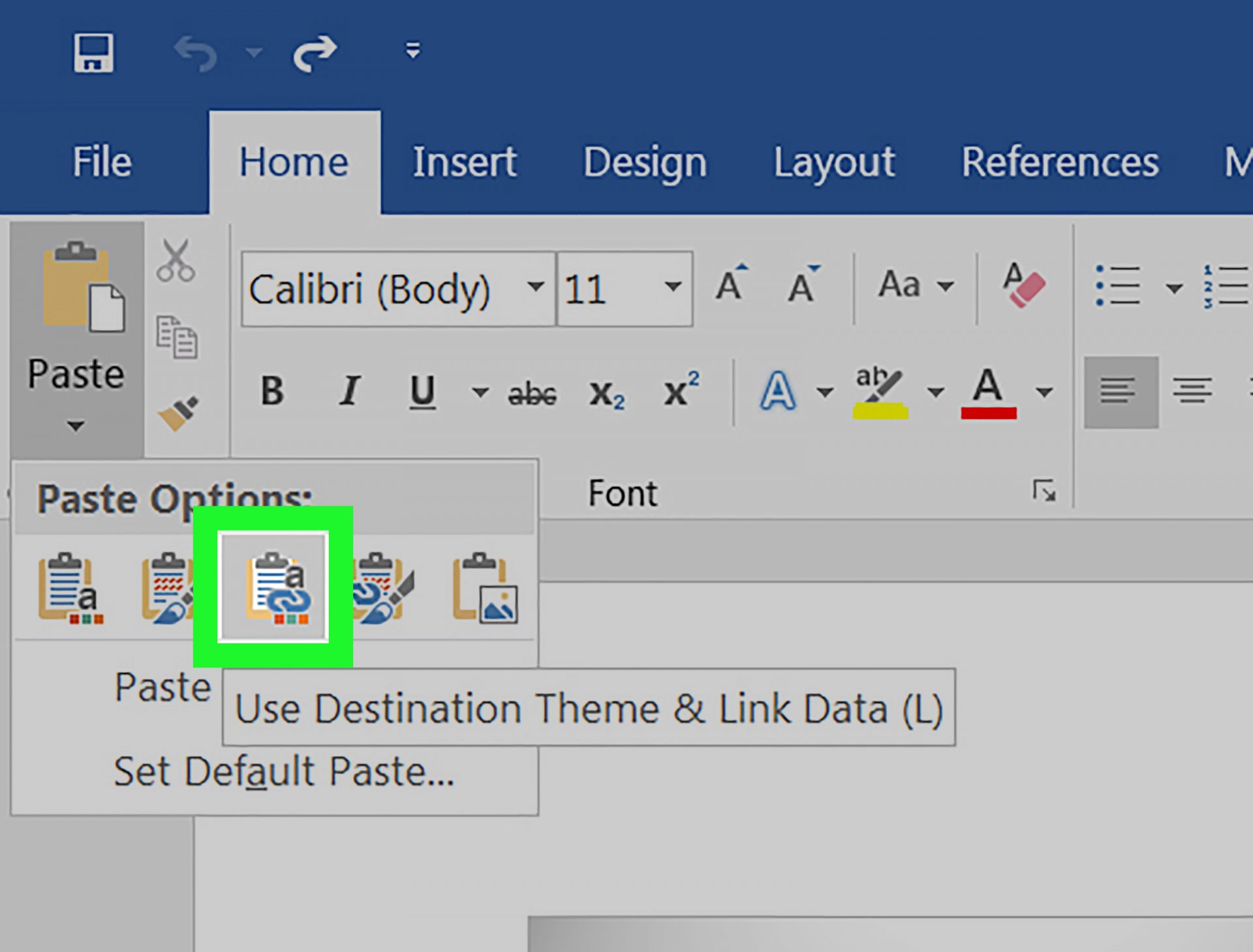
Perform ETL operations such as replace values, Split Columns, Group by etc.Merge-Append (Join-Union) from other lists.Add remove columns to your query – in order to focus only on what we need.You’ll get a Power Query Editor window where you can: So, Right-click on the Query from the Right side pane, Choose Edit. However, we may not be interested in fetching all columns, and also removing columns that are not required speeds up our data retrieval. This loads all columns from the SharePoint list. Step 3: Remove Unnecessary columns, Perform ETL Pick any list and use “Advanced Editor”, change List name & “SharePoint.Tables” to “SharePoint.Contents” to get data from any library! By default, Only Lists appear in the Navigator. Once you are successfully logged in, You’ll get the Navigator page to choose your source list and click on “Load”. For Office 365, choose organizational credentials. Provide the URL of your SharePoint site and choose the Authentication method accordingly – I Selected Windows. To extract SharePoint list data, click on the “From Other Sources” button from the ribbon and choose “From SharePoint List” Once installed, You’ll find a new tab “Power Query” tab added to Microsoft Excel. To start with, Download the Power Query Add-in for Excel from: Step 1: Download & Install Power Query Add-in


#Can i do web queries in excel 2016 how to
Let’s see how to extract SharePoint list data using Power Query for Excel. Microsoft Power Query is a free add-in for Excel – Part of PowerBI that provides self-service Business Intelligence features.


 0 kommentar(er)
0 kommentar(er)
